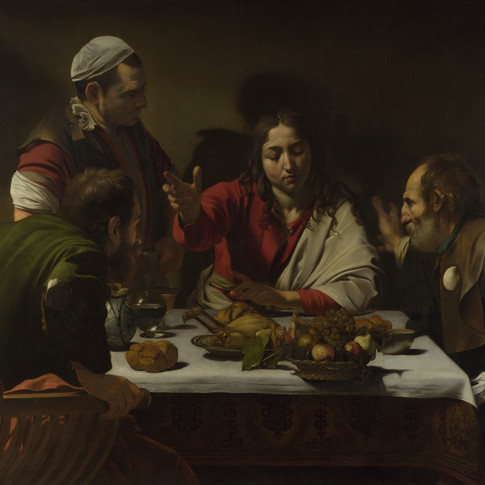BAROQUE and ROCOCO - History, Causes, Artists
- artedelic
- Sep 30, 2015
- 2 min read
AIP2, Session 5
BAROQUE - a style that emerged in Europe in the 17th and 18th century
Characteristics:
uses exaggerated motions
energetic, intense, and unrestrained, showing a great deal of exuberance
very dramatic, very graceful, using new techniques such as chiaroscuro (light and dark/shadows and highlights) and tenebrism (leaving some parts of the painting completely black) to emphasise key points
The rise of Baroque was largely due to encouragements from the Catholic church, to strengthen their positions and promote against the rise of the Protestant Church (also known as the Counter Reformation).
Many Catholic emperors and monarchs had an important stake in the Church's success, and commissioned frescoes, paintings, and architecture to strengthen their influence. This is less evident in Protestant areas such as in Holland, with painters like Rembrandt choosing to depict more still lifes and everyday activities, designed to appeal to merchants and middle classes (genre painting). other artists, like Caravaggio, depict holy scenes at the request of the Catholic church, though using "peasant faces"--for example, in "Supper at Emmaus", the atmosphere is informal, pub-like. He does not maintain a strict division between "high art" and genre themes.
ROCOCO - an art movement that originated in France in the 18th century, sometimes referred to as Late Baroque
Rococo is a development from the divine and grand themes of the Baroque movement into lighter, delicate, and more elegant art. It seldom uses tectonic form and puts more emphasis on curves and natural patterns, undulating lines and S-shapes.
Other characteristics include:
delicate colours
leisurely atmosphere/activities
often depicts cherubs, myths, love
assymetric placement (contraste)
sometimes described as excessive, superficial and of poor taste (it is argued that people of higher class and education would prefer minimalism over crowdedness), more of a "decorative art" than fine art, especially when compared to Neoclassism
However, the frivolous King Louis XV took a liking to the style, and it soon spread to other countries.
Another change that the Rococo movement brought was changes in women's roles (in art). Artists started teaching their daughters, and women in paintings graduated from mere homemaker/servants to a higher status, ex: portrait of Marie Antoinette by Louise Elisabeth Vigee Le Brun (not featured here), a female artist and possibly the official portraitist of the royal family. Though women and men still see women as homemakers, they are depicted doing so by being kindhearted, a loving mother, or a skilled artist (home decorator).
examples of horror vacui
A significant characteristic of the Baroque and Rococo movement is horror vacui, also known as kenophobia, which is the fear of empty space. Paintings of this era are often very crowded, with more than one subject taking up the majority of the surface space, leaving little of the background to be seen, whereas in the Renaissance, the background became an important part of the composition. Sometimes it is described as "mindless clutter", especially when concerning furniture and decorative items.
Originally, this was my sketch for Baroque and Rococo:

Mainly because I had just discovered a Bolshoi reproduction of Coppélia, and was completely fascinated by it. But then I decided that it was too shallow of a concept, and it didn't really feel me. So I redid the sketch in the next session...


















Comments